Business
Indian tycoon Ratan Tata dies aged 86
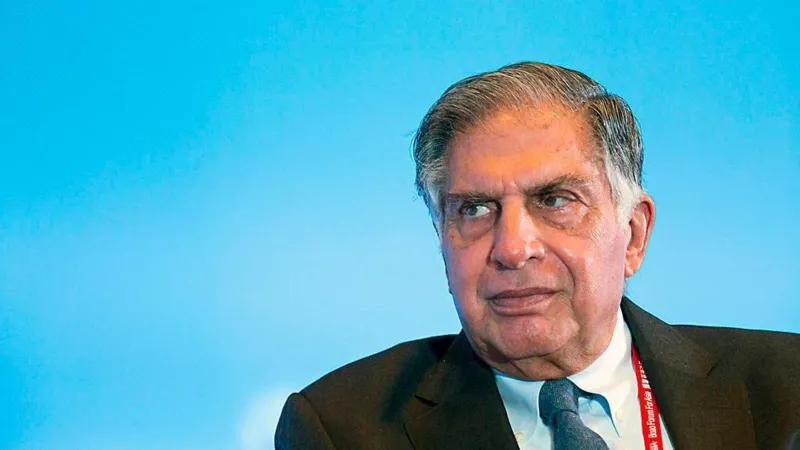
Indian tycoon Ratan Tata has died aged 86, says the Tata Group, the conglomerate he led for more than two decades.
Tata was one of India’s most internationally recognised business leaders. The Tata Group is one of India’s largest companies, with annual revenues in excess of $100bn (£76.5bn).
In a statement announcing Tata’s death, the current chairman of Tata Sons described him as a “truly uncommon leader”.
Natarajan Chandrasekaran added: “On behalf of the entire Tata family, I extend our deepest condolences to his loved ones. “His legacy will continue to inspire us as we strive to uphold the principles he so passionately championed.”
During his tenure as chairman of the Tata Group, the conglomerate made several high-profile acquisitions, including the takeover of Anglo-Dutch steelmaker Corus, UK-based car brands Jaguar and Land Rover, and Tetley, the world’s second-largest tea company.
UK Business Secretary Jonathan Reynolds said in tribute that Tata was a “titan of the business world” who “played a huge role in shaping British industry”.
A profile published in the Economist magazine in 2011 called Tata a “titan”, crediting him with transforming the family group into “a global powerhouse”.
“He owns less than 1% of the group that bears his family name. But he is a titan nonetheless: the most powerful businessman in India and one of the most influential in the world,” the magazine said.
In 2012, he retired as chairman of the group and was appointed chairman emeritus of Tata Sons, the group’s holding company.
Indian Prime Minister Narendra Modi hailed Tata as a “visionary business leader, a compassionate soul and an extraordinary human being”.
Paying tribute on X, formerly known as Twitter, Modi recounted “countless interactions” with Tata and said he was “extremely pained” by his death.
Tata was born in a traditional Parsi family in 1937. He studied architecture and structural engineering at Cornell University in the US. In 1962, he joined Tata Industries – the promoter company of the group – as an assistant and spent six months training at a company plant in Jamshedpur. From here, he went on to work at the Tata Iron and Steel Company (now Tata Steel), Tata Consultancy Services (TCS) and National Radio and Electronics (Nelco).
In 1991, JRD Tata, who had led the group for over half a century, appointed Ratan Tata as his successor. “JRD Tata was my greatest mentor… he was like a father and a brother to me – and not enough has been said about that,” Tata later told an interviewer.
In 2008, the Indian government awarded him the Padma Vibhushan, the country’s second-highest civilian honour.
He was drawn into a rare unsavoury controversy in 2016, when his successor as Tata Sons chairman, Cyrus Mistry, was ousted from the role, sparking a bitter management feud. Mistry died in a car crash in 2022.
The business tycoon also had a lighter side to him. His love for fast cars and planes was well-known – the Tata group website describes these as some of his “enduring passions”.
Tata was also a scuba diving enthusiast, a hobby that fizzled with age “as his ears could take the pressure no more”.
He was also a dog lover and fondly remembered the many pets who gave him company over the decades. “My love for dogs as pets is ever strong and will continue for as long as I live,” the industrialist said in a 2021 interview. “There is an indescribable sadness every time one of my pets passes away and I resolve I cannot go through another parting of that nature. And yet, two-three years down the road, my home becomes too empty and too quiet for me to live without them, so there is another dog that gets my affection and attention, just like the last one,” he said.
He was also often praised for his simplicity. In 2022, a video of him travelling in a Nano car – one of the world’s cheapest cars, now mostly remembered as one of Tata’s failed dreams – went viral on social media.
[BBC]
Business
Sri Lanka’s economy: A slow healing journey in 2026
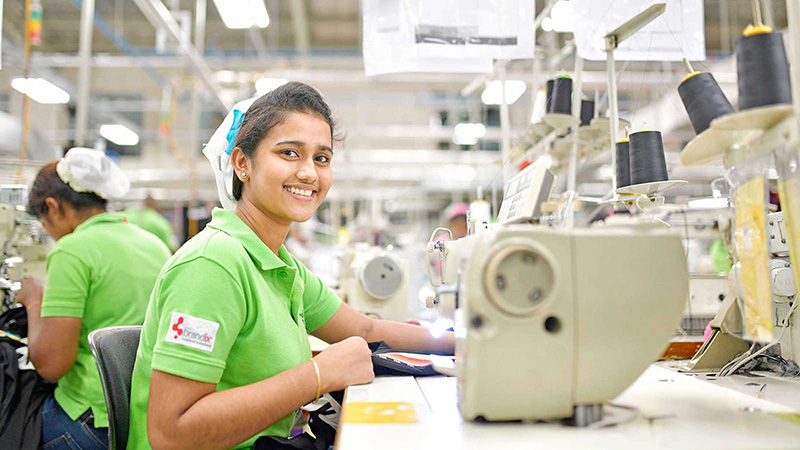
The latest Purchasing Managers’ Index (PMI) from the Central Bank suggests Sri Lanka’s economy is beginning to find its feet after a severe crisis, revealing tentative signs of hope in factories and business activity. It indicates the deepest economic pain may be over. With prices rising more slowly, families and companies are getting some much-needed relief.
The Island spoke to an independent analyst for an outside perspective. Elaborating on the report, he struck a cautious note: “Yes, the PMI sounds favourable. But no one should think the hard times are completely behind us. The road to recovery is long and full of potholes.”
“While we can hope for slow, steady improvement in coming months, major problems remain,” he continued. “The country’s massive debt is a heavy burden. Staying on track with the IMF programme requires sticking to tough reforms, which won’t be easy. Global economic uncertainty also affects our exports and even other forms of external support.”
“In short, the next phase won’t be a quick boom. It will be a time for careful repair. These small improvements are like young seedlings – they need constant care, sound policy, and continued external support to grow strong. Our task is to turn this shaky stability into a solid foundation for lasting, inclusive growth. The economy is out of emergency care, but full recovery will be a long and patient journey,” he concluded.
When asked if the current political landscape would aid recovery, he pointed to the present stability as a key advantage. “With political stability in place, the path for necessary reforms and recovery should be more navigable now than ever in the past,” he said.
By Sanath Nanayakkare
Business
Sri Lanka Insurance Corporation General Limited inaugurates business operations for 2026

Sri Lanka Insurance Life Ltd and Sri Lanka Insurance General Ltd inaugurated their business operations for the year 2026 on 1st January at the Sri Lanka Insurance Head Office. The event was graced by the Chairman, Board members, Corporate Management, and staff of SLIC.
Parallel business launches were also conducted at branch level, with branch staff joining the head office proceedings via live stream. The day’s programme commenced with blessings observed from the four major religious faiths, symbolising unity and goodwill for the year ahead
Heralding the dawn of the New Year, SLIC brought together all 142 branches in a cohesive celebration, uniting as one family to light the traditional oil lamp. During the celebrations, the theme for SLICGL for 2026 ‘Leading the market, strengthening every step’ was officially unveiled
Celebrating 64 years of service and expertise, SLIC continues to stand as Sri Lanka’s most respected and trusted name in insurance. Over the decades, the organisation has remained at the forefront of the sector, sustaining industry‑wide growth and equity even through testing times.
The year 2025 brought many meaningful and positive achievements for SLICGL, yet it concluded with significant challenges as the nation faced the aftermath of the devastating Cyclone Ditwah. Rising to the occasion, SLICGL honoured claims and delivered timely relief, offering protection and reassurance to communities impacted by the catastrophe.
SLICGL proudly reflects on a year of remarkable achievements in 2025. The organisation was ranked
Sri Lanka’s highest-rated insurance brand as the only A+ Fitch rated insurer in the country and became the first and only insurer to surpass Rs. 30 billion in Gross Written Premium. SLICGL secured Carbon Neutral Certification, highlighting a commitment to sustainability. SLICL was also recognised as the Most Valuable General Insurance Brand by Brand Finance.
The lifting of the vehicle import ban in January 2025 helped to revitalize the automotive sector and also reaffirmed SLICGL’s role as the nation’s most trusted insurer. Stepping in to protect new vehicle owners, SLICGL strengthened its portfolio, supported national growth, and supported families and businesses to move forward with confidence.
During 2025, SLICGL continued its partnership with the Ministry of Education on the Suraksha Insurance Scheme, a national initiative aimed at securing the health and wellbeing 4.5 million schoolchildren throughout the country. The partnership provides students regardless of background, access to essential insurance coverage, safeguarding health, supporting families, and strengthening the nation’s future.
SLIGL’s mission places customers at the heart of everything it does. The organisation continues in the commitment of meeting and exceeding customer expectations through its expertise and specialised services. Aligning business strategies with this vision, SLIC delivers a superior customer experience through all touchpoints.
Business
MILCO turns around fortunes, posts Rs. 1.49 bn record profit in 2025
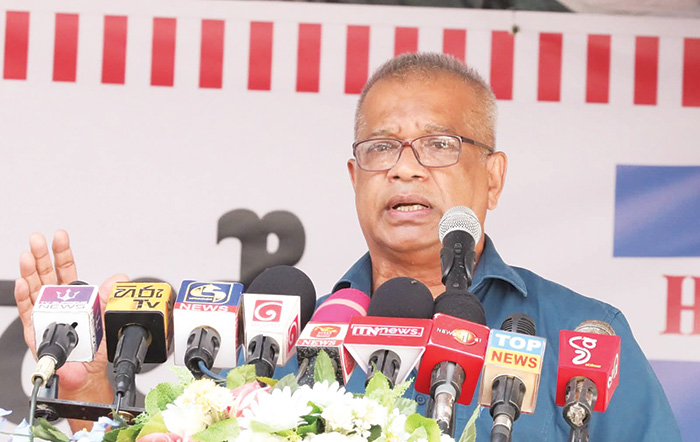
The Milk Industries of Lanka Company (MILCO) has recorded the highest profit and sales revenue in its history, driven by strong performance under the flagship Highlands brand, Agriculture Minister Lal Kantha said.
Addressing a Performance Incentive Awards Ceremony held at the MILCO Head Office in Narahenpita on December 31, the Minister said the achievement marked a decisive turnaround for the state-owned dairy enterprise, which had earlier been prepared for divestment.
“When we assumed office, MILCO was being readied for sale. Today, we have been able to rescue it and transform it into a profitable institution,” Minister Lal Kantha said. “By October 2025, the company had generated profits amounting to Rs. 1,490 million, the highest profit ever recorded in MILCO’s history.”
He noted that 2025 has also become the year with the highest sales revenue since the company’s establishment, reflecting improved operational efficiency, renewed consumer confidence and stronger market penetration under the Highlands brand.
The Minister said the government intends to ensure that the gains from the company’s financial recovery are shared across the value chain. “A portion of the profits will be distributed as incentives among dairy farmers,” he said, adding that plans are also in place to provide free life insurance coverage to 15,000 dairy farmers in 2026.
The incentive awards ceremony was organised to recognise employees who played a key role in achieving record sales targets and historic profitability, with senior management highlighting improvements in production planning, supply chain management and farmer engagement.
Minister Lal Kantha paid tribute to the dedication of the MILCO workforce, stating that the turnaround was the result of collective effort.
“This achievement belongs to everyone who worked tirelessly to restore confidence in this institution. I extend my sincere appreciation to all those who contributed to this success,” he said.
MILCO’s performance in 2025 is being viewed as a benchmark for the revival of state-owned enterprises, particularly within Sri Lanka’s agri-based industrial sector.
By Ifham Nizam
-

 Sports5 days ago
Sports5 days agoGurusinha’s Boxing Day hundred celebrated in Melbourne
-
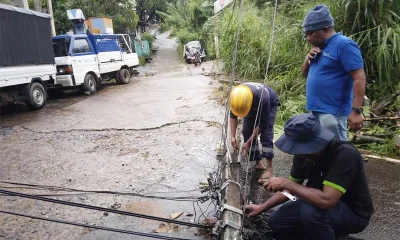
 News3 days ago
News3 days agoLeading the Nation’s Connectivity Recovery Amid Unprecedented Challenges
-

 Sports6 days ago
Sports6 days agoTime to close the Dickwella chapter
-

 Features4 days ago
Features4 days agoIt’s all over for Maxi Rozairo
-

 News6 days ago
News6 days agoEnvironmentalists warn Sri Lanka’s ecological safeguards are failing
-
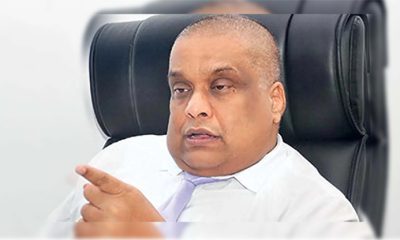
 News4 days ago
News4 days agoDr. Bellana: “I was removed as NHSL Deputy Director for exposing Rs. 900 mn fraud”
-
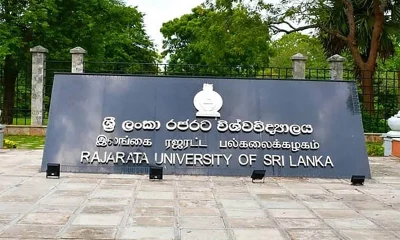
 News3 days ago
News3 days agoDons on warpath over alleged undue interference in university governance
-

 Features6 days ago
Features6 days agoDigambaram draws a broad brush canvas of SL’s existing political situation













